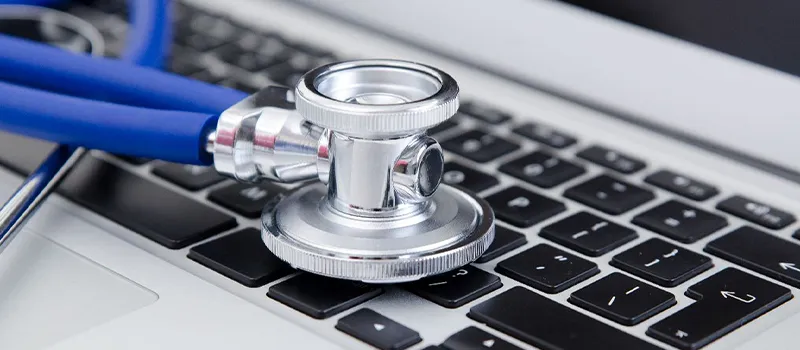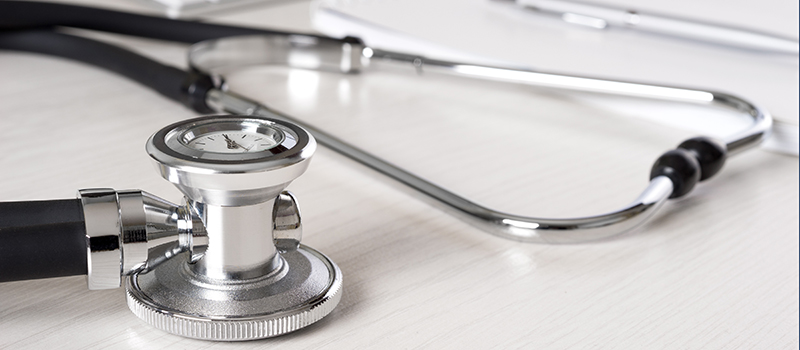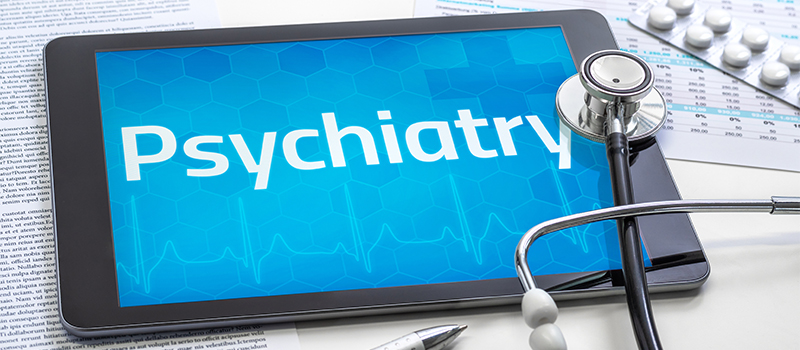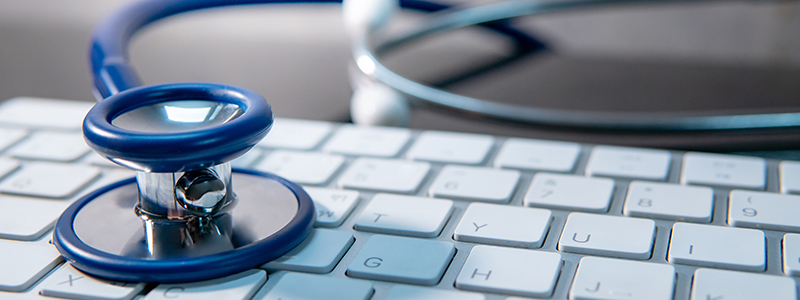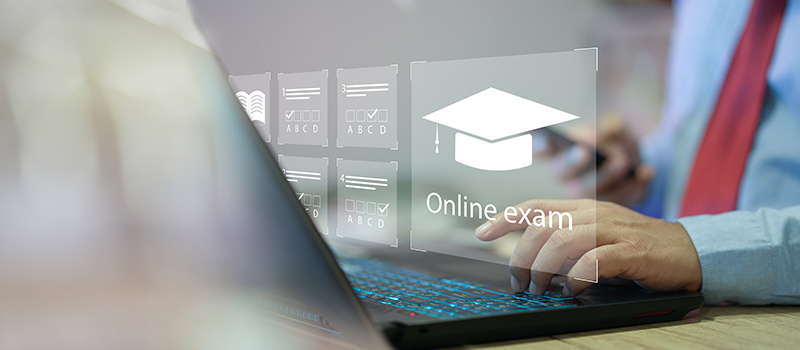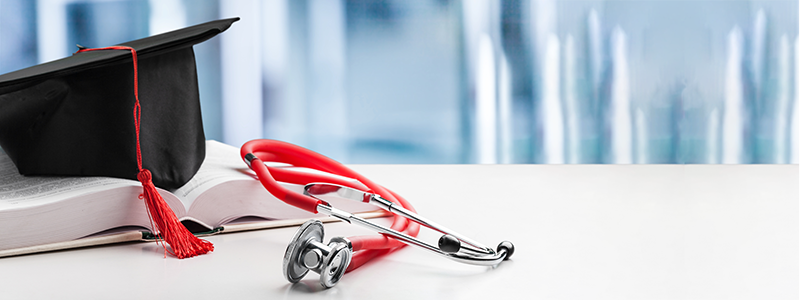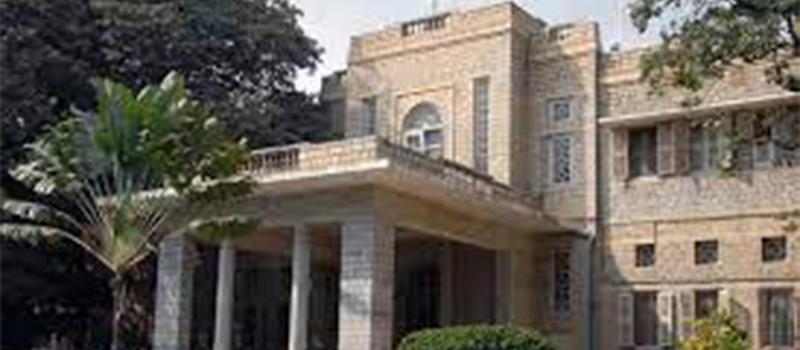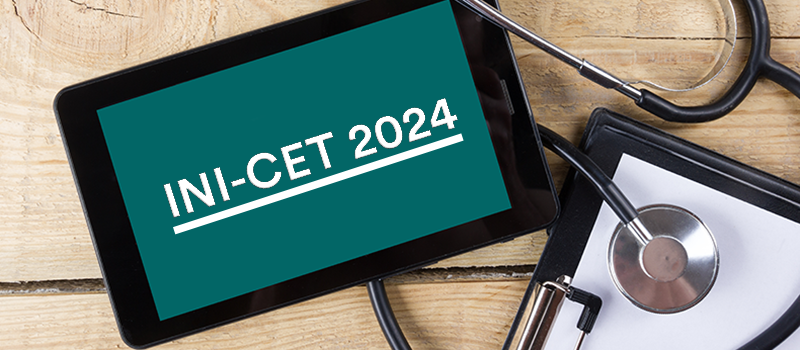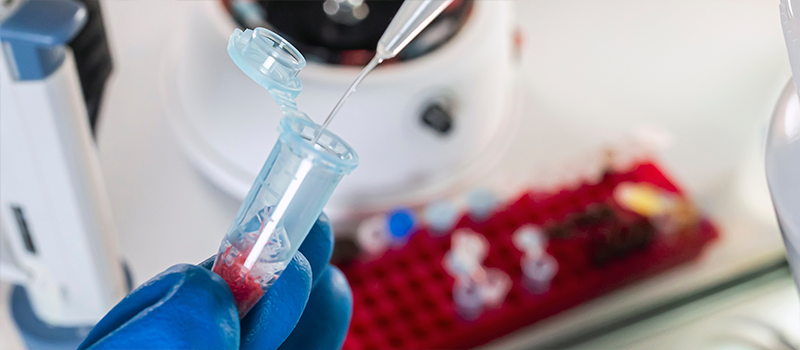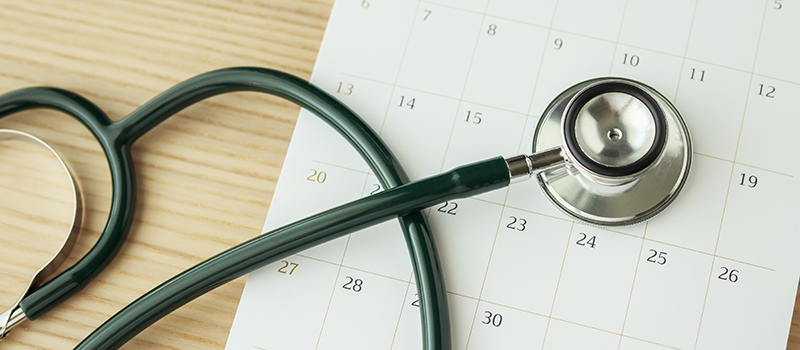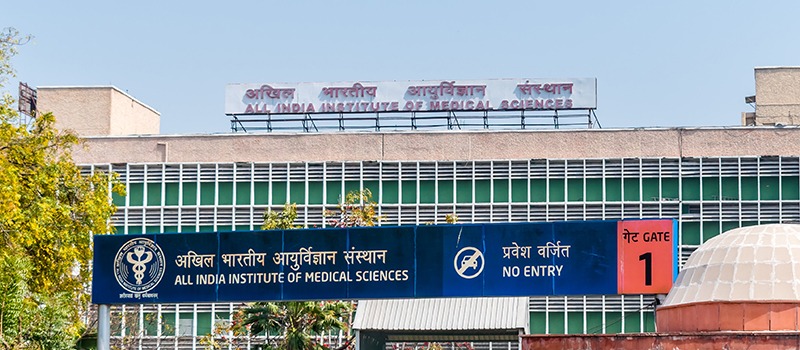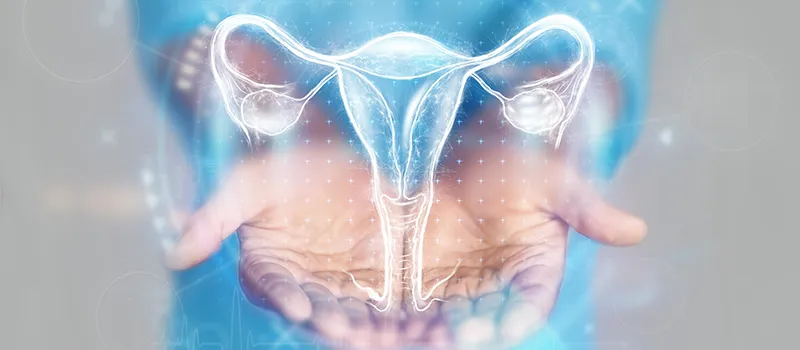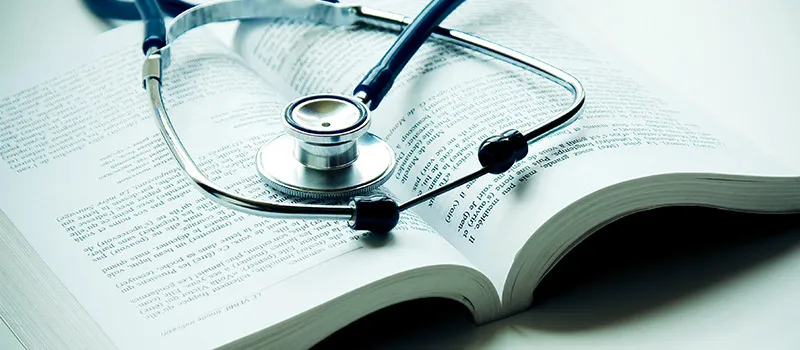

Best Books for MBBS 2nd Year
The second year of MBBS is quite important as it includes all the foundational subjects. Microbiology, Pharmacology, and Pathology subjects are included in the second year of the MBBS curriculum. They serve as a strong foundation in the MBBS journey and hence, conceptual clarity over these subjects is a must for every medical student. Apart from the three subjects, the second-year curriculum includes AETCOM (Attitude, Ethics, Communication Module), Sports and extracurricular activities, postings, and a pandemic module. All the students must refer to the latest edition of the books during the study so that they remain updated with the latest advancements in the subject and newly added chapters and modules according to the new CBME pattern.
There are a variety of books available in the market but choosing the right one is crucial. One must choose a standard book that is in lucid manner and includes highly illustrative images, flowcharts, tables, must-know topics, questions with explanations, and most of all, it must be according to the new CBME pattern.
Here’s a list of recommended books for MBBS 2nd year students:
Best Books on Microbiology for MBBS Students:
| Subject: Microbiology | Authors | Description |
| Essentials of Medical Microbiology | Apurba Sastry & Sandhya Bhat |
✔ This is the only textbook in “Clinical Microbiology” that is centered on infectious syndromes, updated according to the CBME curriculum. ✔ It has simple language and bulleted writing that is easy to read. ✔ Summary boxes for laboratory diagnosis and therapy are provided separately for easy viewing. ✔ After each chapter, there are essay questions with clinical case studies and MCQs. ✔ The book additionally has a Covid-19 chapter and the AETCOM module. ✔ References are taken from the CDC and WHO websites, the Harrison 20th edition, the Mandell 9th edition, the Bailey & Scott’s 14th edition, as well as many health care programmes and recommendations including the ICMR, NCDC, RNTCP, NACO, NVBDCP, IAP Immunization, and GPEI. ✔ Only textbook in microbiology that is designed according to the PG entrance exams. |
| Review of Microbiology and Immunology | Apurba Sastry & Sandhya Bhat |
✔ The latest edition of the book includes the most recent laboratory diagnosis, therapy, and epidemiology in every chapter. ✔ The book includes updates on bacterial medication resistance and information on the Zika virus, Ebola virus, polio eradication, Dengue vaccine, vaccine-derived polio viruses (vdpvs), and MERS-CoV. ✔ Newer molecular techniques (lamp, real-time PCR, biofire film array, etc.) as well as CSSD, Malditof, Vitek, and Bact/Alert Virtuo are featured. ✔ The epidemiology of meningococcal meningitis, pneumococcal vaccinations, DPT vaccine, TB (genexpert, mgit, truenat, drug susceptibility testing methodologies, most recent RNTCP recommendations), melioidosis, scrub typhus, and the yaws eradication campaign have all undergone significant updates. ✔ Updated laboratory findings for hbv and HCF diagnosis, therapy, and PEP. ✔ Updates on the poliomyelitis vaccine schedule, epidemiology, and end game strategy are also covered. ✔ Completely updated with the most recent references from Harrison (19th and 20th editions), Park (24th edition), Jawetz (27th edition), Apurba Sastry’s Essentials of Medical Microbiology (2nd edition), and Ananthanarayan (10th edition). ✔ Separate annexures section with pertinent, quick-fire subjects for exams are provided. ✔ Sections including immunology, parasitology, and mycology are given more attention. ✔ Contains several tables, flowcharts, and mnemonics that aid students in understanding. |
| Self-Assessment & Review Microbiology & Immunology | Rachna Chaurasia & Anshul Jain |
✔ “Revision at a Glance,” a single unit that highlights the most crucial aspects. ✔ Mnemonics and simple text to make learning easier. ✔ Offers a comprehensive treatment of parasitology and immunology. ✔ Citations from more recent printings of classic works, such as Harrison 20/e, Ananthanarayan 10/e, Jawetz 27/e, etc. ✔ Presents the most crucial information in a style that is simple to recall, including flow diagrams and tabulation. ✔ Detailed explanations of the most recent NEET question types. |
| Ananthanarayan and Paniker’s Textbook of Microbiology | R Ananthanarayan and CK Jayaram Paniker
Editor: Reba Kanungo |
✔ Recent developments in disease detection, molecular diagnostics, quality assurance, infection prevention and control, public health and epidemiology, and preventative techniques, including national programs, have been covered in up-to-date information. ✔ The format of the discussion is the same for all syndromes, and it includes information on the important etiological agents of each system, their disease spectra, pathogenesis, clinical features, epidemiology, and the strategy for laboratory diagnosis and treatment of each of the clinical entities described. ✔ For quick reference and memory, each chapter in this part includes one or more tabular columns summarising the causes of the numerous syndromes associated with each organ system. ✔ The organisms included in these tables are color-coded according to their respective organ system etiological relevance. |
Best Books of Pathology for MBBS Students:
| Subject: Pathology | Authors | Description |
| Textbook of Pathology | Harsh Mohan |
✔ There are 30 chapters in total in the updated version, divided into three sections: Systemic Pathology (Ch. 15–30), Haematopoietic and Lymphoreticular System (Ch. 11–14), and General Pathology (Ch. 1–10). There are also three appendices. ✔ “Must-know” boxes after each topic summarising essential elements for a quick review of the material in a very short amount of time. ✔ After most chapters, one or more clinical cases based on a prevalent or significant disease relevant to that chapter are provided, together with a brief history, examination results, and any subsequent research discoveries. ✔ The addition of significant review questions (both long-answer type and short notes on subjects) at the end of each chapter, to help the student prepare and visualize what to write in the test, is another new feature of the redesigned version. ✔ The updated baby book includes short-answer questions that are frequently asked during viva-voce examinations as well as newer MCQs that now include explanations. ✔ Newer and Modified Images: Prof. Ivan Damjanov graciously provided schematic, gross images, and photomicrographs for the better understanding of the students. |
| Essentials in Hematology and Clinical Pathology | Ramadas Nayak & Sharada Rai |
✔ Over 135 drawings, 27 photomicrographs, 18 pictures, and 146 tables have been provided to make learning simple and quick. ✔ Essay questions, quick-answer questions, and more than 300 multiple-choice questions (MCQs) are included to help students to assess their understanding of the key ideas. ✔ Appendices 1 and 2 include Reference Values of Frequently Performed Important Laboratory Tests and Recent WHO Classification of Tumors of Hematopoietic and Lymphoid Tissues, respectively. ✔ Disorders of Red Cells, Disorders of White Cells, Disorders of Hemostasis, and Clinical Pathology make up the book’s four parts. ✔ Tables, diagrams, flowcharts, and key boxes for memorizing easily. |
| Exam Preparatory Manual for Undergraduates Pathology | Ramadas Nayak |
✔ This version is a comprehensive guide for passing all pathology exams. ✔ Better quality photomicrographs or illustrations have been used in place of figures and illustrations in a few chapters. ✔ The book is divided into three sections: general pathology, hematological and clinical pathology, and systemic pathology. This book has 28 chapters. ✔ This book fills a void by offering fundamental knowledge to a student in a nutshell. |
| Rapid Review of Hematology | Ramadas Nayak & Sharada Rai |
✔ Illustrations in various colors (e.g., for etiopathogenesis, clinical presentation, complications, peripheral blood smear, and other relevant laboratory tests). ✔ Bullet-pointed text for concise reading. ✔ Text reinforced with 59 flow charts and tables, 25 photomicrographs (including X-rays and clinical photos), and 64 drawings. ✔ Text boxes to emphasize important points. ✔ Clinical scenario interpretation. |
| Review of Pathology and Genetics | Sparsh Gupta & Gobind Rai Garg |
✔ Special points like “NEET busters” have been added for last-minute review. ✔ IBQs with Solutions ✔ Golden points are provided at the start of each chapter. ✔ Most authenticated question banks. ✔ PGMEEs 2021-1985 Solved MCQs with all current questions for 2022. ✔ A new format that is organized chapter-by-chapter to make it easier for the students to learn antegrade. ✔ In the text, new conceptual and clinically significant material has been emphasized. ✔ Many flowcharts and diagrams are used to swiftly review the concepts. ✔ References are taken from the Robbins and Cotran Pathologic Basis of Disease, 10th edition. ✔ Golden nuggets and other details from the 10th edition of Robbins are provided separately. ✔ Questions from previous year exams are underlined in the text. ✔ Simple-to-understand Mnemonics. ✔ Chapter on significant stains and bodies is included. |
| Comprehensive Image-Based Review of Pathology | Sushant Soni |
|
Best Books of Pharmacology for MBBS Students:
| Subject: Pharmacology | Authors |
Description |
| Essentials of Medical Pharmacology | K.D. Tripathi |
✔ Chapters that have been revised and updated to reflect new medications and treatment recommendations. ✔ The book contains a wide range of subjects, from fundamental pharmacological ideas to real-world therapies and the advancement in medication and treatment. ✔ Novel medications that work by altering the function or turnover of these molecules have been included in a new chapter on “Nitric Oxide and Vasoactive Peptide Signal Molecules.” ✔ Drugs that are marked in India have been given priority, and their top brand names and dosage forms are included. ✔ A list of acronyms is supplied at the book’s opening. ✔ All newly marketed medications are mentioned. ✔ Charts that categorize drugs visually, aiding in the development of pictorial memory. ✔ There have been several new figures, charts, tables, and highlight boxes added. ✔ Place a strong emphasis on “evidence-based medicine” by often citing reliable research and endpoint trials. ✔ The “Problem Directed Study” at the end of the majority of chapters offers a therapeutic decision-making activity. ✔ Contains appendices on Solutions to Problem Directed Study, Prescription in Pregnancy, Drugs in Breastfeeding, and Drugs and Fixed Dose Combinations Prohibited in India. ✔ The book concludes with a brief list of pertinent resources for additional study. |
| Review of Pharmacology | Govind Rai Garg & Sparsh Gupta |
✔ Facts and ideas based on KDT 8th, Katzung 13th, Goodman Gilman 13th, Harrison 20th, and CMDT 2022 newest versions. ✔ A distinct chapter with explanations of mathematical issues. ✔ Includes IBQs and MCQs with explanations. ✔ In each chapter, recent advancements are mentioned. ✔ “New FDA-approved Drugs” annexures are separate documents. ✔ Mnemonics can help you recall important information about novel medications. ✔ Annexures of the “Drug of Choice” for various ailments. ✔ The benefits of both antegrade and retrograde study. ✔ Simple to-remember mnemonics. |
| Pharmacology for Medical Graduates | Tara V Shanbhag, Smita Shenoy |
✔ Questions based on the format used by examiners for both theoretical and practical sections. ✔ Language is simple to grasp because of the concise headers and specific pharmacological descriptions. ✔ Information is presented clearly and point-by-point, which is helpful for UG students preparing for exams. ✔ Adding basic illustrations, self-explanatory flowcharts, tables, and student-friendly mnemonics to the text. ✔ New subjects have been presented, such as CNS stimulants, drugs for the treatment of psoriasis, and medications for acne vulgaris. ✔ We acknowledge the inclusion of definitions, and treatment plans by WHO standards (for TB, leprosy, malaria, and HIV), RNTCP guidelines (for TB), and JNC guidelines (from 2003) for the categorization of blood pressure. ✔ The Tara Shanbhag’s Pharmacology for Medical Graduates fully revised edition will be helpful for both working physicians and medical students. |
To get conceptual clarity on MBBS courses online, click here.
Related post
Related Courses
Cosmetic Botulinum Toxin Simplified
Dr Rasya Dixit , Dr Urmila Nischal , Dr K. C Nisch...
Critical Care Simplified
Dr Yatin Mehta , Dr Subhal Dixit , Dr Kapil G. Zir...
Advance Course in Ultrasound and Infertility
Dr Sonal Panchal , Dr Chaitanya Nagori
Ganga Videos on Spine Surgery
Prof Rajasekaran Shanmuganathan , Dr Ajoy Prasad S...











































